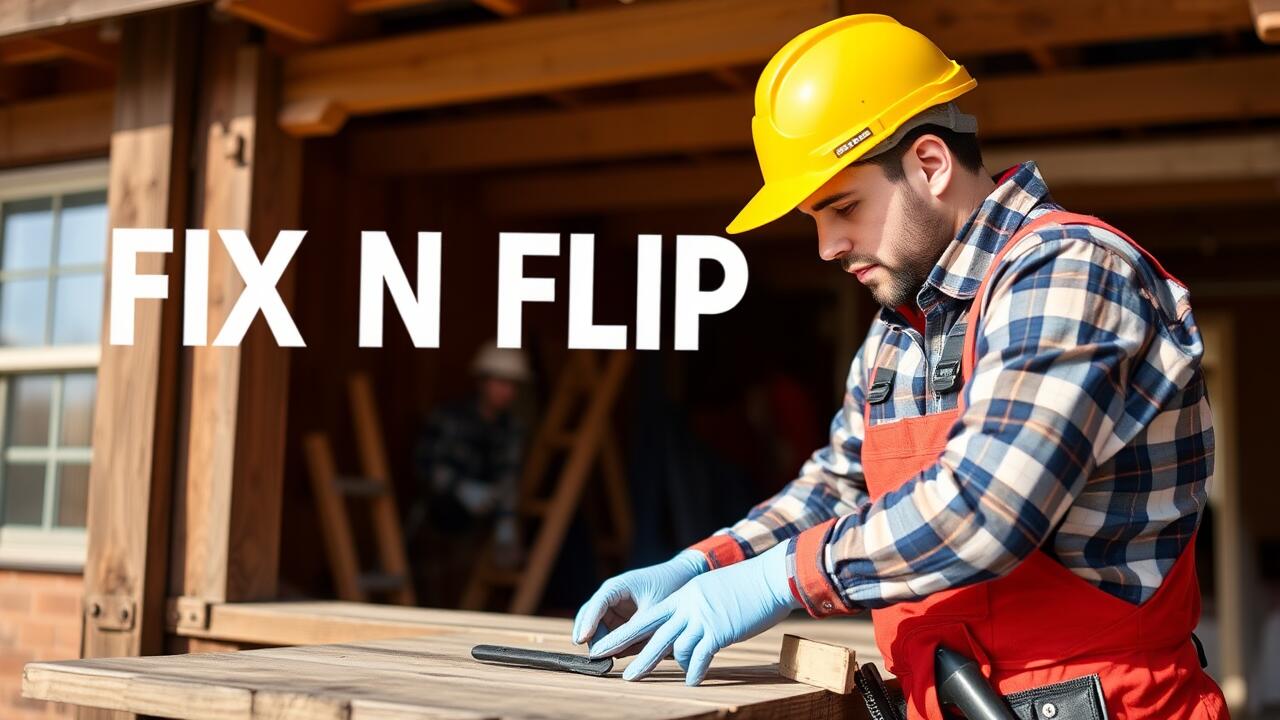
Table Of Contents
Comparing Fix and Flip Loans to Other Financing Options
Fix n Flip Loans offer unique advantages over traditional financing methods such as conventional mortgages. These loans are specifically designed for short-term investments in properties that require renovation. Unlike standard loans that may take weeks or even months for approval, Fix n Flip Loans often come with expedited processing times, allowing investors to secure funding quickly when opportunities arise. Additionally, they typically cover a higher percentage of the property’s purchase price and renovation costs, which can be critical for investors who want to maximize their cash flow during projects.
On the other hand, traditional financing options might provide lower interest rates and longer repayment terms, making them appealing for buyers looking for stability. However, they usually require extensive documentation and a thorough credit evaluation, which can slow down the investment process. By contrast, Fix n Flip Loans focus more on the property’s after-repair value and less on the borrower’s credit history, providing a more flexible approach for seasoned investors and those just starting in the real estate market. This blend of quick access to cash and investor-friendly terms makes Fix n Flip Loans a popular choice for those looking to capitalize on real estate opportunities.
Pros and Cons of Alternative Financing
Alternative financing options for real estate projects often present both advantages and disadvantages. These options can include personal loans, hard money loans, and even crowdfunding, each varying in terms of accessibility and cost. Personal loans may offer lower interest rates but typically come with stricter qualifications. Hard money loans can provide quick access to cash but often require high fees and carry significant risks. For investors looking to flip properties, Fix n Flip Loans specifically cater to the needs of renovators, providing tailored solutions designed for increased efficiency, though they still involve certain limitations.
On the downside, alternative financing may come with hidden costs that can affect overall profitability. Interest rates may fluctuate based on market conditions, and some lenders impose fees that can eat into returns. Investors must also navigate varying lender requirements, which may not align with their project timelines. While Fix n Flip Loans can streamline funding for renovation projects, it is crucial for investors to thoroughly evaluate all financing options. Balancing the urgency of accessing funds with the potential financial implications is key to making informed decisions in the fix-and-flip market.
The Role of Market Conditions
Market conditions play a crucial role in the overall success of fix and flip investments. A thriving real estate market can enhance the potential for profit when purchasing properties, completing renovations, and reselling them. Factors such as demand, property value trends, and economic indicators significantly affect how quickly a property sells and at what price point. Understanding these variables helps investors assess the viability of using fix and flip loans for their projects.
Investors need to stay updated on local market conditions, including fluctuations in home prices and shifts in buyer preferences. In periods of steady growth, fix and flip loans may yield better returns as investors can capitalize on increased property values. Conversely, in a declining market, the risks associated with flips become more pronounced, making thorough market research and strategic planning essential to minimize losses and maximize gains.
Impact of Real Estate Trends on Loan Viability
Real estate trends significantly influence the viability of Fix n Flip Loans. As housing markets fluctuate, the demand for renovated properties can either rise or fall. Investors should closely monitor local market conditions, including price appreciation and inventory levels, to determine the optimal timing for their projects. A robust market often leads to quicker sales and potentially higher profit margins, making Fix n Flip Loans an attractive option for savvy investors looking to capitalize on these trends.
Conversely, downturns in the real estate market can pose risks for those relying on Fix n Flip Loans. If property values decline during a renovation project, investors may find it challenging to sell at a profit or might even incur losses. Staying informed about economic indicators, neighborhood developments, and buyer sentiment is crucial for evaluating whether to pursue a fix and flip venture. A thorough analysis of current market conditions can help investors make informed decisions and mitigate financial risks associated with these types of loans.
Tips for Successful Fix and Flip Projects
Successful fix and flip projects require careful planning and budgeting to ensure profitability. Before diving into renovations, create a detailed project timeline that outlines each phase of the work. This includes procurement of materials, contractor schedules, and any anticipated delays. Calculate all expenses associated with the project, including labor, materials, and any extras that may arise. Allocating a contingency fund for unexpected costs can help safeguard your investment.
Fix n Flip Loans can provide the necessary capital for purchasing and renovating properties. When utilizing these loans, it's essential to have a clear financial strategy in place. Understand the loan terms, repayment expectations, and interest rates. Seek out professionals who can assist with the renovation process, such as experienced contractors and real estate agents. This collaboration can ensure a smoother flipping experience and potentially enhance your project's overall success.
Planning and Budgeting for Renovations
Planning renovations effectively requires a detailed understanding of the costs involved. Successful investors typically create a comprehensive budget that outlines material expenses, labor costs, and unexpected contingencies. This financial blueprint helps avoid common pitfalls associated with underestimating repair expenses. Allocating a portion of the budget for unforeseen circumstances is essential for minimizing potential losses during the renovation process.
Successful fix and flip projects rely heavily on accurate budgeting. With fix n flip loans, borrowers can access funds specifically earmarked for property improvements. It’s vital to conduct thorough research on local market prices for materials and labor to ensure the project stays within budget. Maintaining a balance between quality and affordability can lead to enhanced property values, ultimately enhancing the return on investment.
FAQS
What are fix and flip loans?
Fix and flip loans are short-term financing options designed for real estate investors who purchase properties with the intention of renovating and quickly reselling them for a profit.
How do fix and flip loans compare to traditional mortgages?
Unlike traditional mortgages, fix and flip loans typically have higher interest rates, shorter repayment periods, and are based on the after-repair value of the property rather than the purchase price, which makes them more suitable for investment properties.
What are some advantages of using fix and flip loans?
Advantages include quick access to funds, the ability to finance renovation costs, and the potential for higher returns on investment when properties are successfully flipped.
What are the risks associated with fix and flip loans?
Risks include market fluctuations, the potential for unexpected renovation costs, and the possibility of not selling the property quickly enough to cover the loan, which can lead to financial losses.
How can I improve my chances of success with a fix and flip project?
Success can be enhanced by thorough planning and budgeting, understanding the local real estate market, choosing the right property, and managing renovations effectively to increase the property's value.



